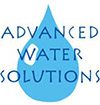Types of Water Treatment
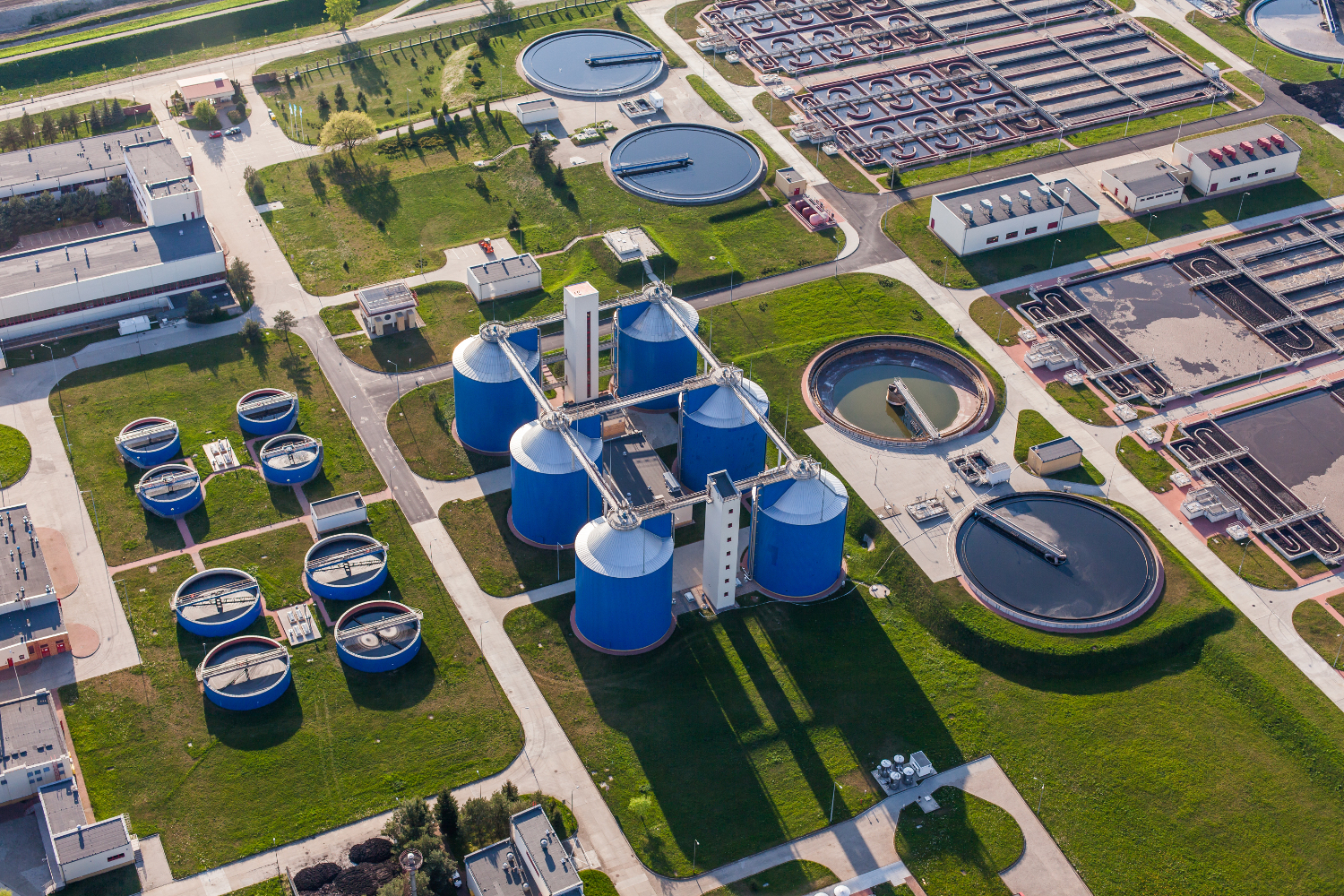
There are several types of water treatment. Factors such as where you are located and the purpose of the water will determine what type of water treatment is used. The Environmental Protection Agency (EPA) regulates public water treatment in the United States. These regulations make up the rules for all kinds of filtration and water treatment. Let’s take a look at the different types of water treatment that can be used.
Community Water Treatment
The drinking water in the US is some of the safest in the world. However, this does not mean that all water flowing through the US is safe and clean. The natural water from rivers, streams, lakes, and underground, as well as the water that flows through sewers and other sources can be full of dangerous contaminants. Proper treatment is needed to remove grime, disease-causing bacteria, and other particles. The most common steps in public drinking water systems used by community water systems are:
Coagulation and Flocculation: During the first step, chemicals with a positive charge are added to the water. This positive charge neutralizes the negative charge of dirt as well as other particles in the water. The particles bind with these chemicals, creating larger particles that are called floc.
Sedimentation: During this step, the floc settles to the bottom of the water supply. This step is simply called sedimentation, since sediment is made of particles that sink to the bottom of a liquid.
Filtration: Once the floc has settled at the bottom, the clear water on top will pass through various filters and different sizes of pores. These filters are commonly composed of sand, gravel, and charcoal. By doing this, it removes dissolved particles that remain in the water like dust, parasites, and chemicals.
Disinfection: Once the water is filtered, a disinfectant may be added, such as chlorine. This is done to kill any remaining parasites or bacteria that snuck through other processes, as well as to protect the water from germs as it is piped into businesses and homes.
Water Fluoridation
Community water fluoridation is done to help prevent tooth decay in a safe and effective way. This process has been named one of the top 10 great public health achievements within the 20th century by the Centers for Disease Control (CDC).
Household Water Treatments
The EPA does regulate and set standards for public drinking water, but many Americans also use a home water treatment system for several reasons, including:
- To improve the taste of drinking water, especially if it is well water.
- To remove specific contaminants known to affect the area.
- To take extra precautions due to health issues of family members.
These household systems fall under two categories. One is set up at a point of use, and the other is set up at a point of entry. Point of entry systems are usually installed just after the water meter and will treat the water as it enters the building. Point of use systems treat the water in batches and deliver it to a particular tap, like in a kitchen or bathroom.
There are four common types of household water treatment systems, and they are:
Filtration System: This is a water filter device that will remove impurities by means of a physical barrier, chemical, or a biological process.
Water Softeners: This is a device that reduces the hardness of the water coming into a residence or business. This system will typically use sodium or potassium ions to remove the calcium or magnesium ions that create the hardness of the water. You can learn more about hard vs soft water here.
Distillation System: This is a process that takes impure water and boils it. The steam is then collected and condensed into a separate container. This will leave many of the solid contaminants behind.
Disinfection: This system is a physical or chemical process that deactivates or kills pathogenic microorganisms. The physical process uses ultraviolet light, heat, and/or electronic radiation. The chemical process uses chlorine or ozone.
Purpose of Water Treatment
Water is treated at a community level and at a home level for various reasons. It can remove chemicals and dissolved minerals, remove excessive color and the appearance of particles from the water, control unpleasant taste and odor, and remove microorganisms that can cause disease.
The general principles of water treatment are typically the same and are all used to keep communities safe from water-born diseases and provide safe drinking water for everyone. If you want more information on water treatment, check out Advanced Water Solutions’ other blogs, such as this one that goes over the details of one type of filtration, reverse osmosis.
ADVANCED WATER SOLUTIONS, INC
License #764570
High-quality water treatment solutions for your home and business
Get A Quote Now
Let us show you how we can transform your life with fresh, healthy water running through your entire house.
Pricing Form
*We respect your privacy and promise to never share your information.
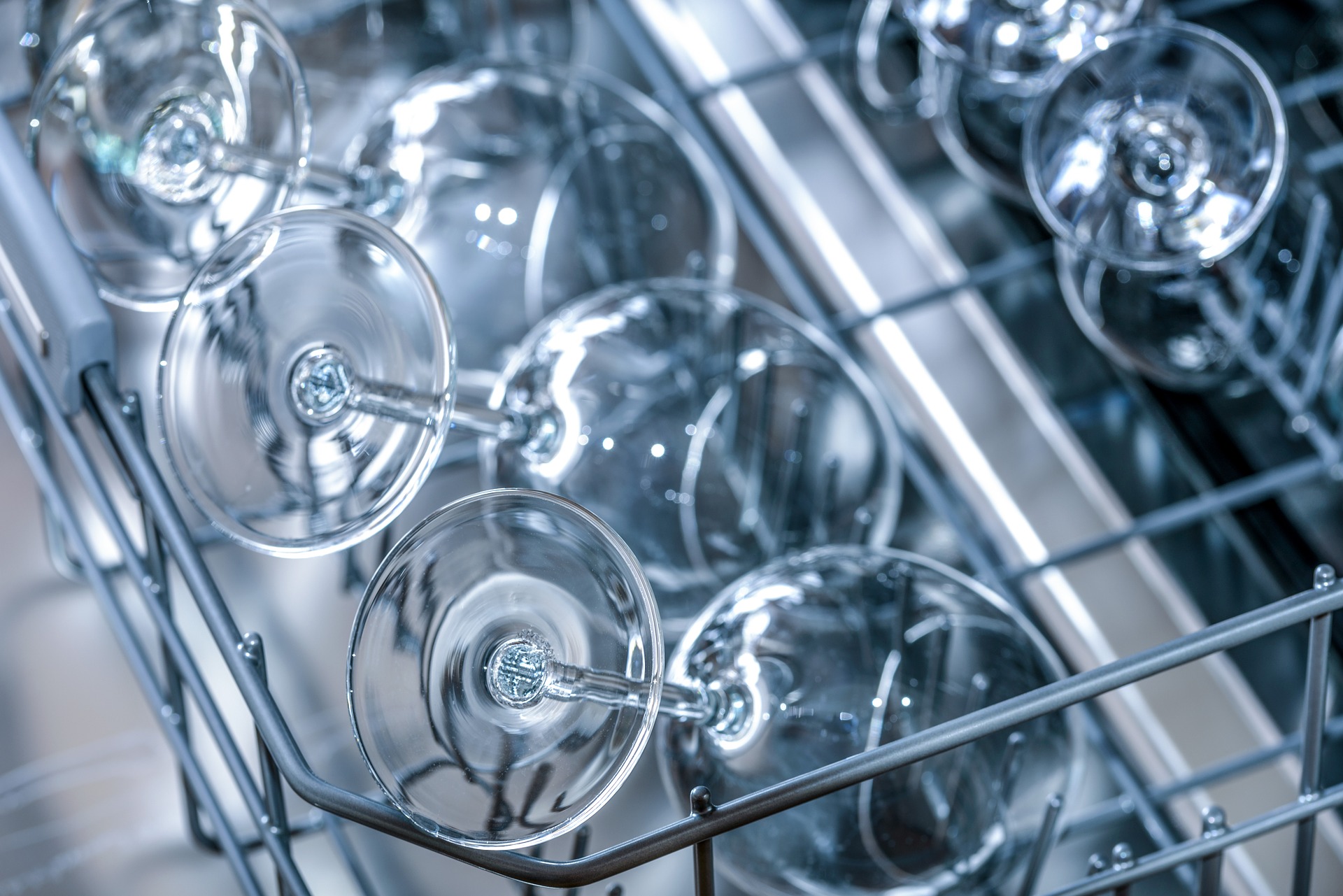
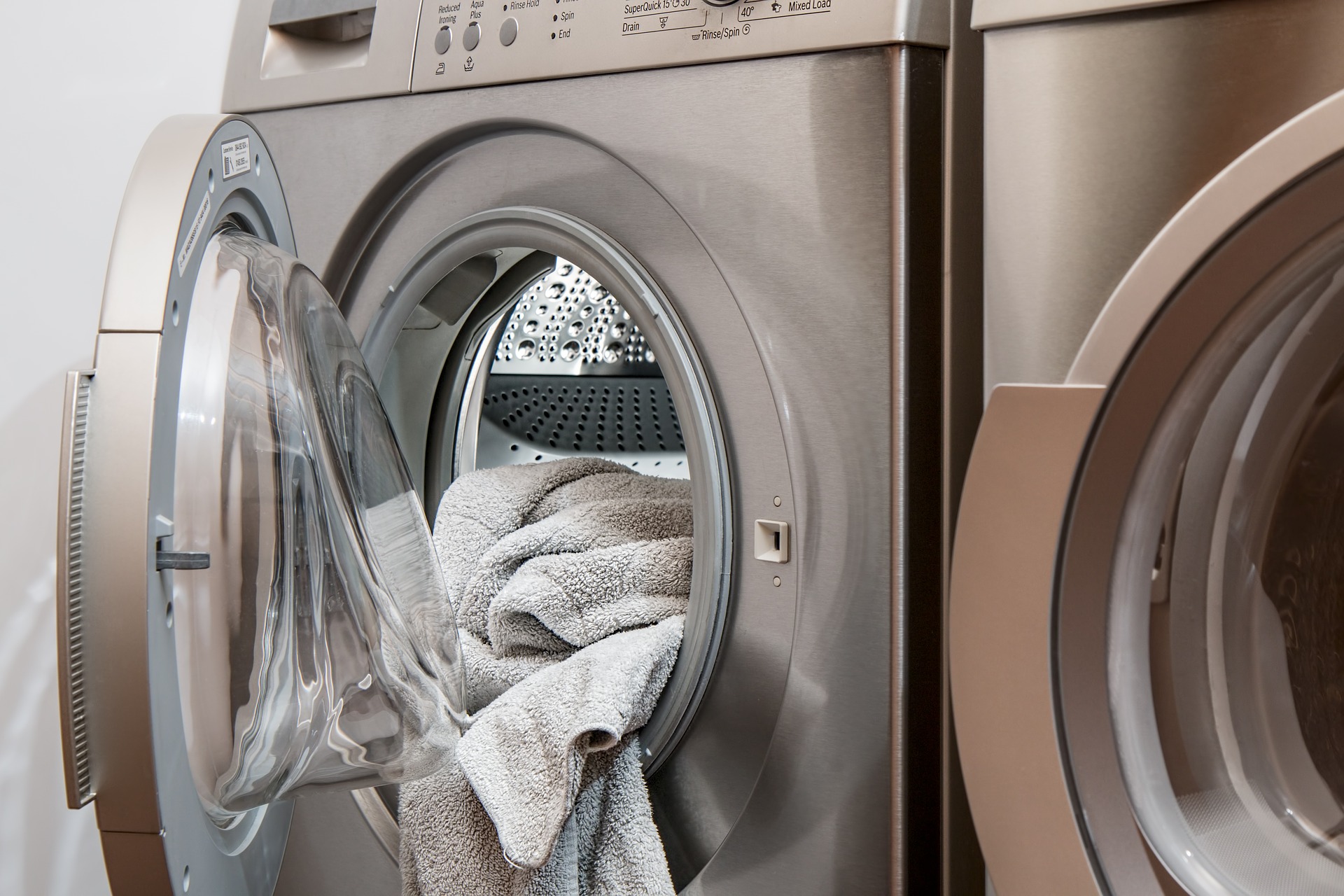
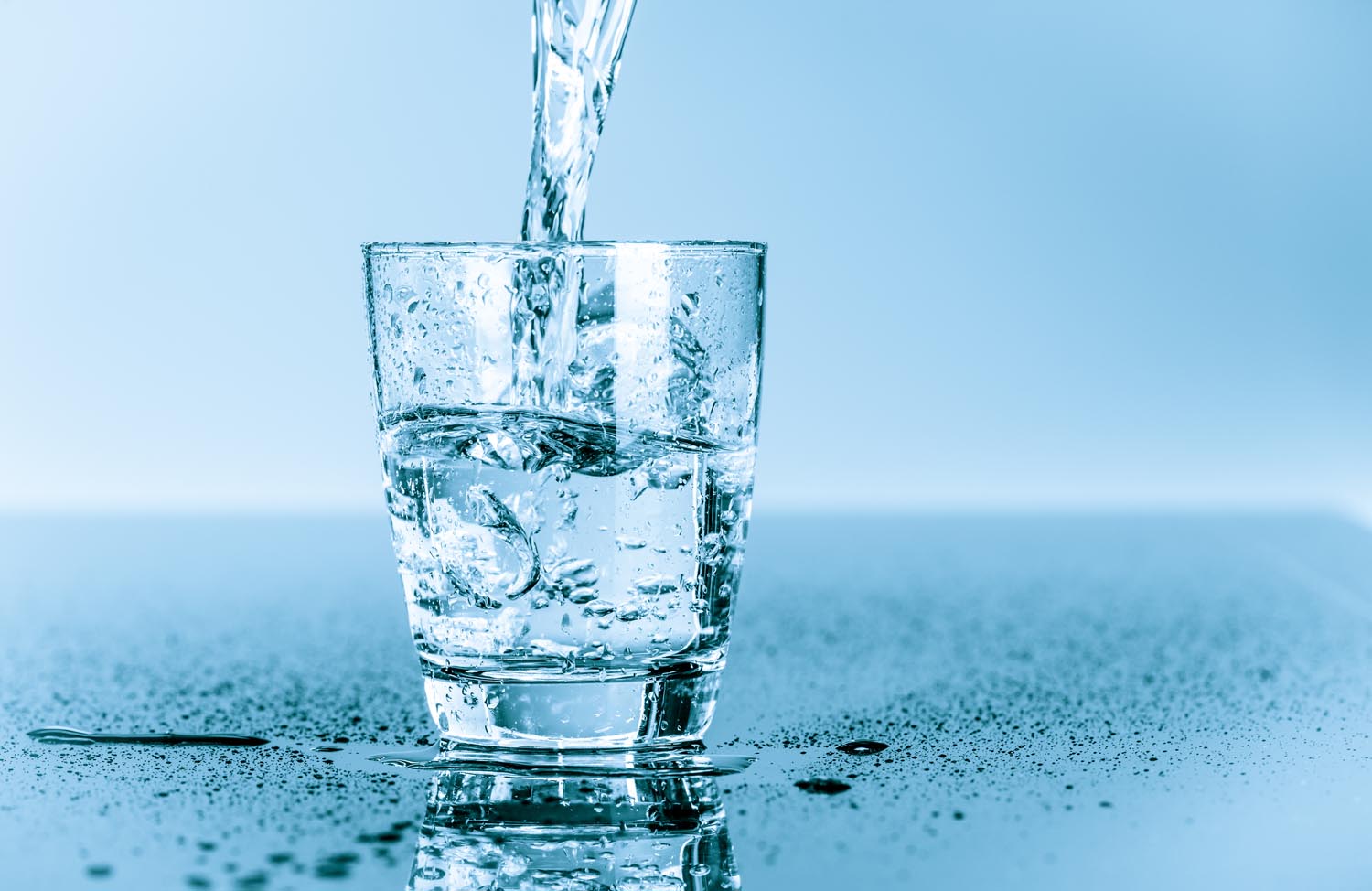
CALL FOR A FREE WATER EVALUATION
805-263-1542
Phone: (805) 385-4740
Email: info@advancedwaterinc.com
1031 Factory Lane
Oxnard, CA 93030-7200
Hours of Operation:
8:00 AM-5:00 PM M-Th
8:00 AM-4:30 PM F
